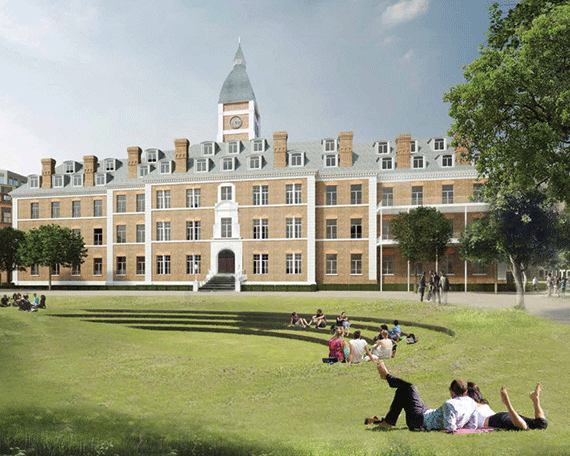
Does the Campaign to Protect Rural England understand the need for compromise?
London is in the grip of a housing crisis and a severe housing shortage. We have been building only around half the number of homes we need for a couple of decades and there is not enough brownfield land to meet current and future demand.
Yet it seems CPRE will do everything in its power to make it difficult for London’s housebuilders and housing associations. But compromises must be made. That means building up, building out and building everywhere in between.
The London CPRE branch successfully campaigned against a Circle Housing and Crest Nicholson residential development in zone 2, close to Mile End, E3. It was to provide up to 480 new homes including some refurbished, with a new six- to nine-storey development, and lots of green space.
In a press release titled “London residents fed up with tower blocks ruining their parks”, CPRE said: “Their local parks are being surrounded by vast towers, ruining any illusion the park may have created a green haven and having a huge impact on the attractiveness and pleasantness of the park, and in the worst cases, overshadowing as well.”
But the Environmental Impact Assessment scoping application says: “It is not agreed that the introduction of a new six- to nine-storey development will reduce the visual impact. There are no protected views of local or metropolitan importance.” A top-down view of the site showed the green space it was to provide.
CPRE London says it advocates high-density building in London but that does not equal high rise. But it does equal less green space, surely the very thing it does not want? To squeeze the same amount of homes into the same sized plot but with less height will increase the surface area. That means less public realm, less open space and less play space.
Cynics may suggest CPRE latched on to nimby views on overdevelopment and then linked those to the fact that the park (which is designated Metropolitan Open Land, similar to green belt) is also on the doorstep.
The developers seemed to have taken heed, cutting building heights from nine storeys to seven, moving the buildings further back from the road and surrounding homes. But that results in just 395 homes, instead of 480, a loss of 85.
The trade-off from living in a growing world city with excellent transport links and employment opportunities is living in a slightly more dense fashion. Some parts of scrubby green belt will have to be built on. The odd tower will also have to be built. Some homes will lose some light.
CPRE is at its most vocal and strongest in rural communities, particularly within the green belt. Unless it can compromise, perhaps the CPRE would be better named the Campaign to Protect Rising Equities.
Do you agree? Interact on twitter using @paulwellman_eg











